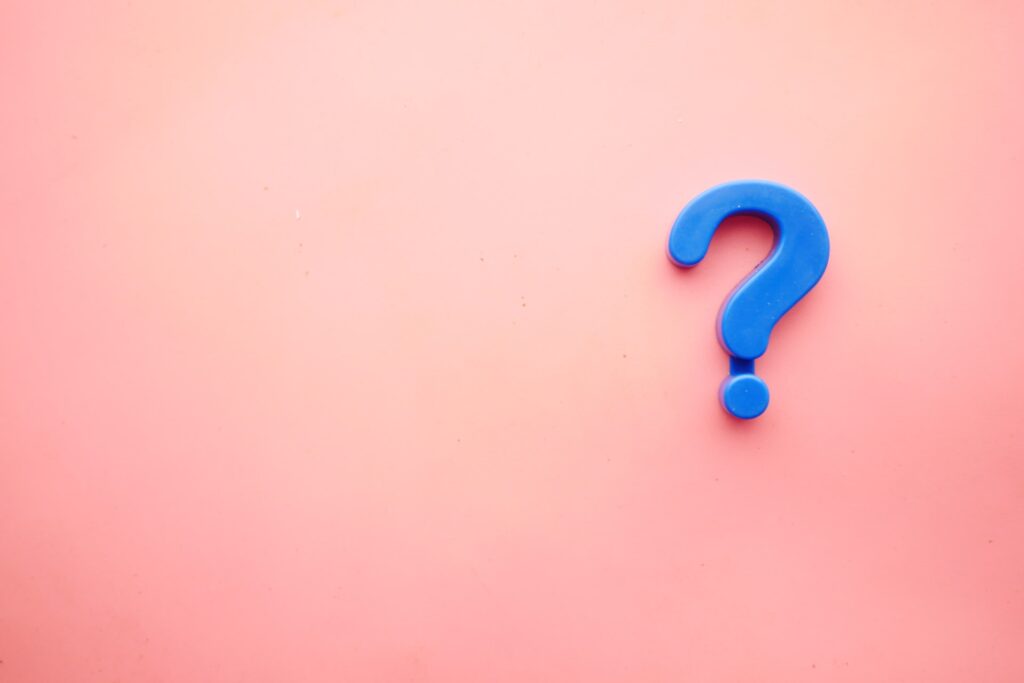Let’s be honest, writing sales letters can be a pain.
It’s often difficult to know where to start, what to say, and how to make your letter stand out from the rest. Not to mention, once you finally finish your masterpiece, you have to wait anxiously for a response from your lead – and hope they don’t just ignore it.
But despite all of these challenges, writing effective sales letters is one of the best ways to turn more leads into customers. So if you’re looking for tips on how to write better sales letters that actually convert, read on!
We’ve compiled some expert advice from our team of freelance copywriters and marketing professionals. And trust us – with these tips in hand, you’ll be able to write letters that practically sell themselves.
Why worry about writing sales letters?
Sales letters are a type of direct mail that businesses use to generate leads and sales. Unlike phone calls and emails, sales letters allow you to control the entire sales process from start to finish.
By writing and sending a sales letter, you can include all the information you need to sell your product or service, without having to rely on a live conversation. This allows you to keep your message clear, concise, and focused on what’s important – making the sale.
There are several benefits of writing and sending a sales letter instead of making a phone call or sending an email. First, as mentioned above, you have complete control over the sales process and can include all the information you need to make a successful sale.
Second, sales letters are less likely to be ignored than phone calls or emails, since they require the recipient to take action in order to read the letter. Finally, sales letters can be a great way to build relationships with your customers, as they provide a personal touch that is often lacking in other forms of communication.
If you’re thinking about writing a sales letter, keep in mind that there are certain elements that should be included in order to make it effective.
First, make sure you have a strong headline that will grab the attention of your reader. Next, include some key benefits of your product or service. Finally, end with a call to action that tells the reader what you want them to do next.
What to include in your sales letter

Whenever you sit down and think about writing sales letters, there are a few key things you should always keep in mind if you want to convert more leads into customers.
First and foremost, your letter should be clear and concise. You don’t want to overwhelm your potential customer with too much information – just stick to the facts.
Second, make sure you highlight the benefits of your product or service. What will the customer get out of using your product? Will it make their life easier? Lastly, don’t forget to include a call-to-action. Tell the customer what you want them to do next – purchase your product, sign up for your service, etc.
By following these simple tips, you’ll be well on your way to writing sales letters that convert.
How to structure your letter for maximum impact
Writing sales letters can be challenging. You want to make sure you include all the right elements to convince your leads to convert into customers, but you don’t want to overwhelm them with too much information. Here are some of the most important things to include in a sales letter:
A strong headline
This is the first thing your readers will see, so it’s important to make it count. Your headline should be clear, concise, and attention-grabbing. It should also give readers an idea of what your letter is about and what they can expect to learn from reading it.
A brief introduction
In the introduction, you’ll want to briefly explain who you are and what your letter is about. Keep it short and to the point – you don’t want to lose your reader’s attention before you even get started.
The main body of your letter
This is where you’ll deliver on the promises you made in your headline and introduction. Make sure to include all the key points you want to make, and back them up with evidence and examples. Again, keep it concise – no one wants to read a long sales letter!
A call to action
Lastly, don’t forget to include a call to action at the end of your letter. Tell your readers what you want them to do next, whether it’s visiting your website, calling your office, or taking advantage of a special offer. Without a call to action, your sales letter will fall flat.
By following these tips, you can be sure that your next sales letter will be more likely to convert leads into customers.
Tips for making your offer irresistible

Here are 10 tips for making an offer in a sales letter irresistible to convert more leads into customers:
1. Keep it short and sweet – the offer should be clearly stated in a few sentences.
2. Be specific – include details about what the customer will receive if they take you up on your offer.
3. Make it time-sensitive- create a sense of urgency by including an expiration date for the offer.
4. Use strong language – terms like “guaranteed” or “free” can be very persuasive.
5. Highlight the benefits – focus on how taking your offer will improve the customer’s life or business.
6. Include a call to action – tell the reader exactly what you want them to do, whether it’s calling a number, visiting your website, or using a coupon code.
7. Test different offers – see what works best by trying out different types of offers and measuring the results.
8. Personalize the offer – make it feel like the offer was created just for the reader by using their name or other personalized details.
9. Use images – a well-chosen image can make your offer more visually appealing and help it stand out from the rest of the text.
10. Keep testing and tweaking – keep making changes to your offer based on what you learn from your tests until you find one that converts at a high rate.
Closing techniques that seal the deal
A closing technique is a method used to seal the deal with a potential customer and convince them to make a purchase. It can be used in a sales letter by providing an incentive for the reader to take action, such as a discount or free shipping on their order.
Here are three examples of closing techniques that you can use in your own sales letters:
1. Offer a discount: Give the reader a percentage off their purchase if they make a decision within a certain timeframe. For example, “Take 10% off your order if you buy within the next 48 hours!”
2. Provide free shipping: Everyone loves free shipping! Offer to cover the cost of shipping on their order if they make a purchase today.
3. Offer a bonus: Give the reader a bonus item or service if they make a purchase from your company. For example, “Order today and receive a free travel mug with your purchase!”
Follow-up strategies to help you close more sales

When you write a sales letter, you’re essentially writing an advertisement for your product or service. And like any good advertisement, you want to make sure that your sales letter gets noticed. But even the best sales letters can get lost in the shuffle if you don’t follow up.
Following up with your sales leads is essential if you want to convert them into customers. But what’s the best way to follow up?
There are a few different options when it comes to following up with your leads. You can call them, email them, or even reach out to them on social media. The key is to find the method of communication that your lead is most responsive to.
Once you’ve established communication with your lead, it’s time to start working on closing the sale. The best way to do this is to provide them with additional information about your product or service. You can do this by sending them additional sales materials or by offering them a demonstration of your product.
If you take the time to follow up with your sales leads, you’ll be able to convert more of them into customers. By using the strategies outlined above, you can close more sales and grow your business.
Final thoughts
The first step in writing a sales letter is to identify your audience. Who are you writing to? What are their needs and wants? Once you have a good understanding of your reader, you can begin to craft a letter that speaks directly to them.
It’s important to keep your message clear and concise; make sure each sentence has a purpose. Use strong verbs and persuasive language to convince your reader that your product or service is the right solution for them.
Finally, don’t forget to include a call to action! Tell your reader what you want them to do, and make it easy for them to take that next step. By following these simple tips, you can convert more leads into customers.
Make Your Mark with Exceptional Content: Stand out in the crowded real estate and business sectors with our tailor-made content creation services. Take action now—reach out to us and start crafting content that truly resonates with your target audience.
